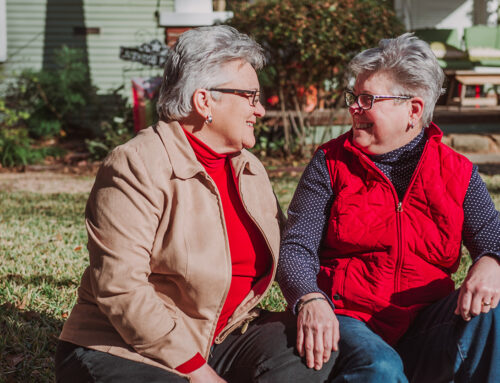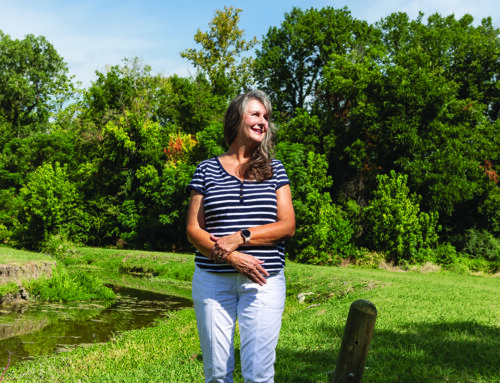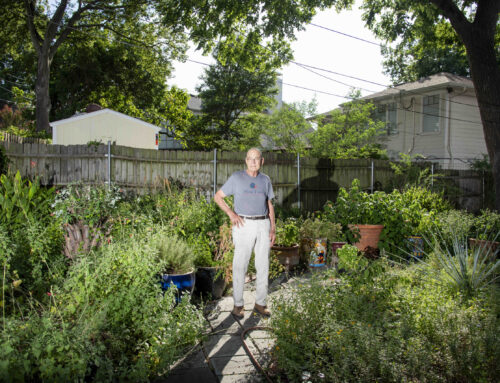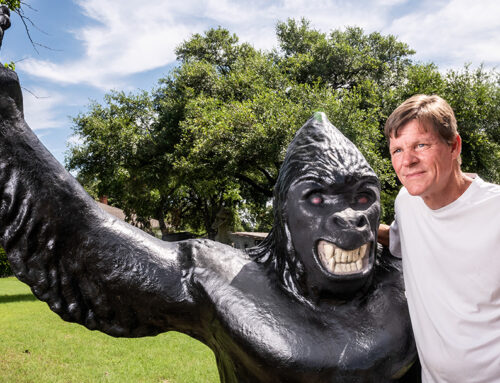Gaston-Garland project means we’re back on developers’ radars
The first project in the redevelopment of East Dallas may well have been announced in the middle of September. That’s when developer Zad Roumaya declared plans to put up a $40 million apartment-retail complex on the southwestern corner of Gaston and Garland, replacing the mostly empty strip center that has been sitting there for 20-some years.
Roumaya’s project, though fairly conventional in nature, is completely different from almost anything else that we’ve seen here in my two-plus decades as a resident. We haven’t had any developments of this size, and we haven’t had anything that will spur more development the way this one almost certainly will.
In fact, most of the development that we’ve seen has been on the fringes — down toward Baylor hospital, for example, near the 7-Eleven tower, or Mockingbird Station, which was about University Park and not us. Or it has been minor bits in the middle of something bigger that we almost certainly won’t do, like the Wachovia corner or the continuing Casa Linda makeover.
But the big stuff, the “let’s tear things down and build something really awesome” that we’re seeing elsewhere in the city, like the Lake Highlands Town Center at Skillman and Walnut Hill or a similar project on Walnut Hill on the other side of Central, that hasn’t happened here.
Yet.
But our time is coming, and we’re going to have to deal with it. Unfortunately, it will not be easy. For one thing, many of our experiences with developers have not been pleasant. They don’t trust us because we don’t roll over like some cotton field suburb to do their bidding, and we don’t trust them because they expect us to roll over. And we’re going to get very little help from City Hall, which has decided that the solution to all of the city’s budget woes, now and forever, is to throw up as many buildings as possible as quickly as possible.
The irony about development in East Dallas is that, for years and years, we wanted it but couldn’t get it. Pick a part of the neighborhood, whether it’s Skillman and Live Oak, the intersections of Mockingbird and Abrams or Mockingbird and Skillman, or anywhere around Casa Linda, and a clever, forward-thinking developer could have made a reputation — and a fortune — by re-doing it.
But it never happened. Our demographics weren’t high-end enough and our real estate was so hopelessly entangled in family trusts and absentee landlords that no one wanted to take the chance. I’ll never forget someone at Gap corporate headquarters in San Francisco telling me that we weren’t upscale enough for one of their stores. For a Gap, of all things.
But now, suddenly, miraculously, they want us, and Roumaya’s deal is the first sign that they do. How much do they want us? He was able to line up financing during one of the worst credit crunches since the oil shock in the mid-1970s, and he was able to put together a deal that involved three pieces of land owned by three different owners. Which is even more difficult than it sounds.
Who knows why we’re suddenly popular? Maybe there really is something to this urban living thing (or at least the developers think there is). Maybe they’ve run out vacant land to develop in ritzier parts of the city. Or maybe, just maybe, they’ve figured out what we’ve known all along — that these are pretty terrific neighborhoods that would welcome sensible, intelligently done development.
Zoumaya says one of the keys to his project is that he sees Gaston and Garland as a gateway: A gateway down Gaston toward Lakewood proper, and a gateway up Garland toward White Rock Lake, the Arboretum and Casa Linda. It makes perfect sense.
So why did it take someone 25 years to figure it out?





